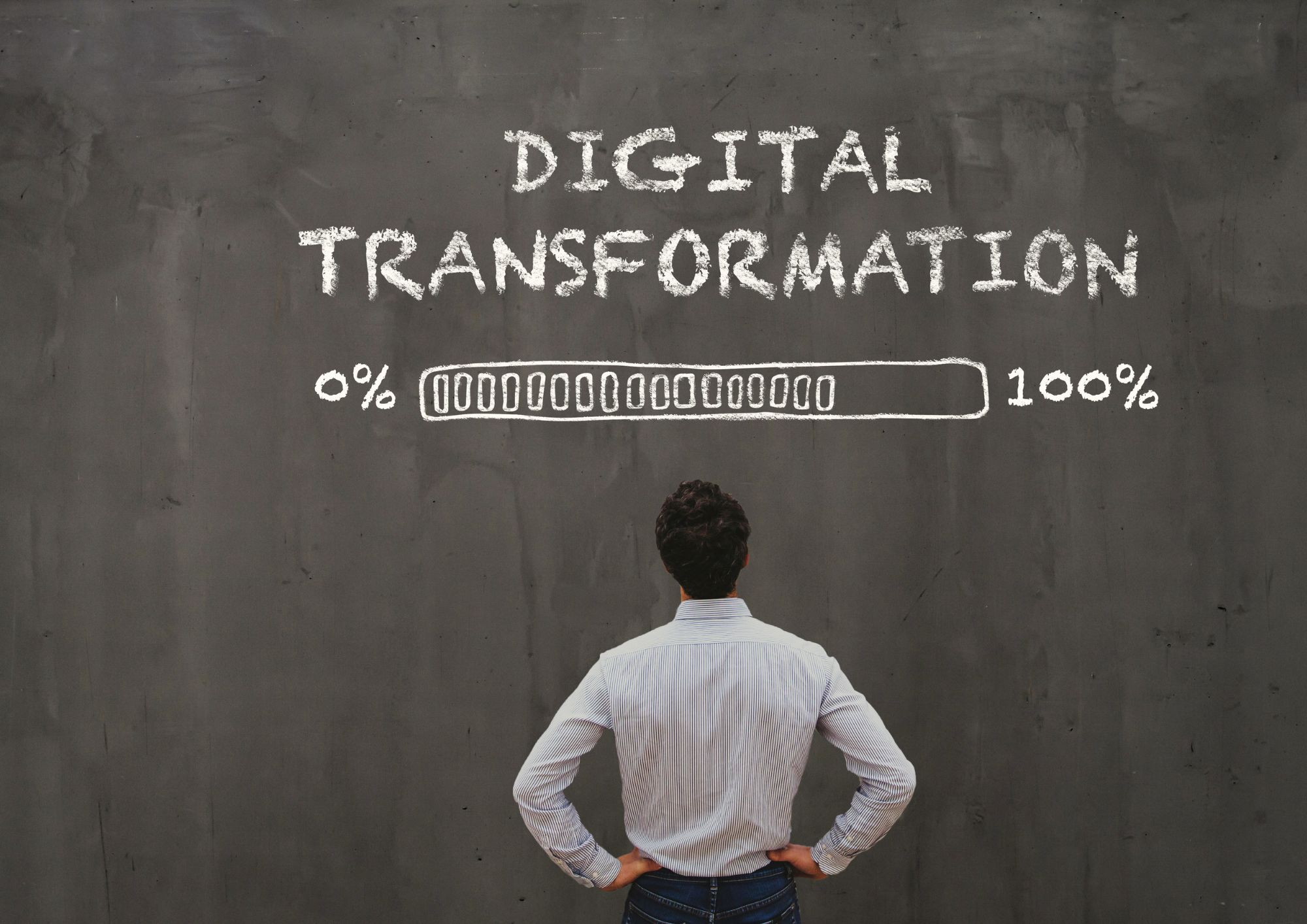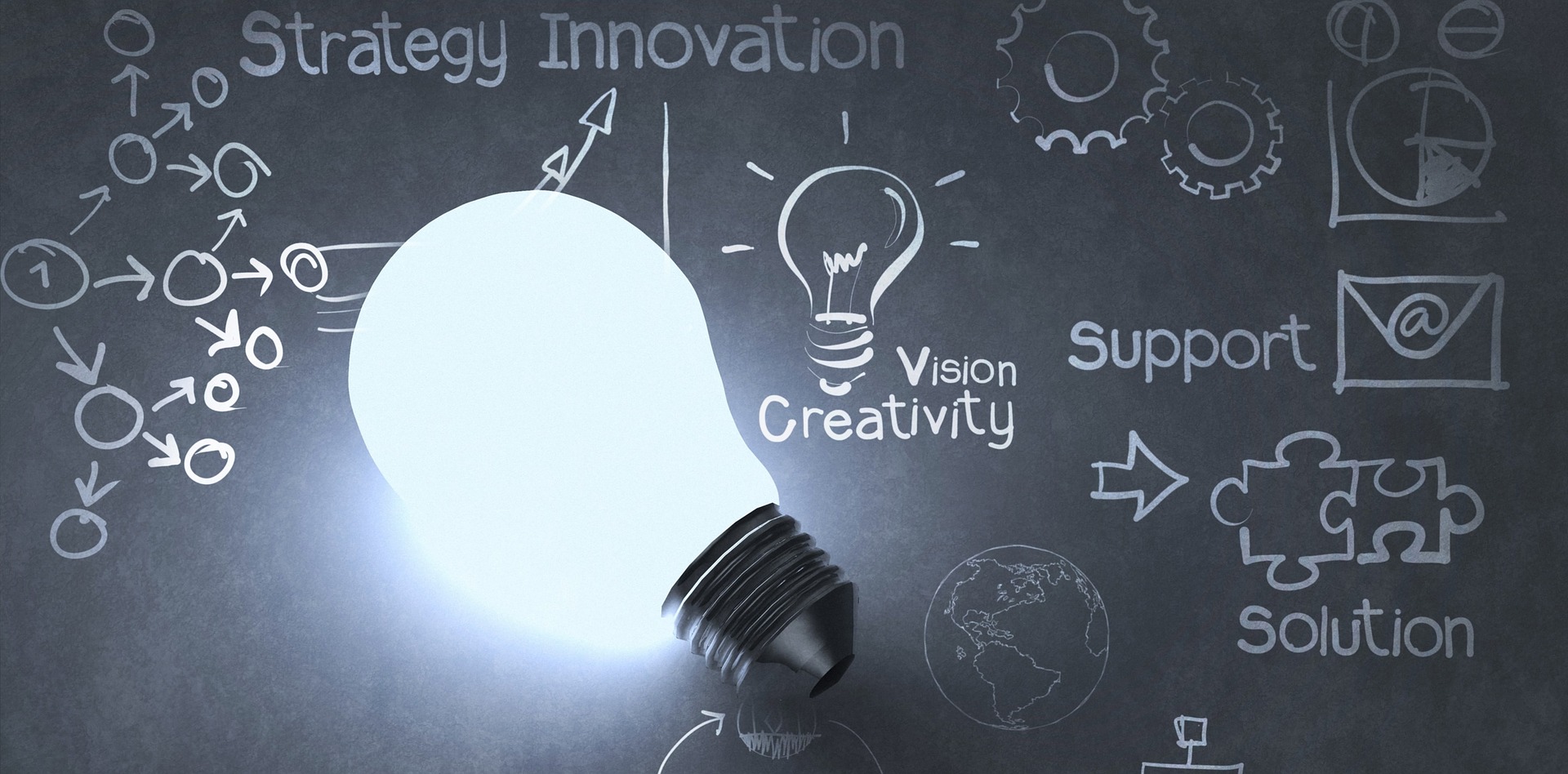Digital transformation has become a critical priority for organizations around the world.
As businesses continuously adapt to the evolving digital landscape, emerging technologies play a vital role in driving innovation and efficiency.
This article delves deep into the world of digital transformation and the technologies that are shaping it, providing you with valuable insights and practical examples to help your organization stay ahead of the curve.
🤖 1. Artificial Intelligence (AI)
Artificial Intelligence (AI) refers to the development of computer systems that can perform tasks that typically require human intelligence.
It encompasses various subfields, including machine learning, natural language processing, computer vision, and robotics.
Machine Learning
Machine learning (ML) is a subset of AI that enables computers to learn from data without being explicitly programmed.
ML algorithms can identify patterns and make predictions, improving their accuracy over time. Common ML techniques include supervised learning, unsupervised learning, and reinforcement learning.
Natural Language Processing
Natural Language Processing (NLP) is the AI subfield that focuses on enabling computers to understand and process human languages.
NLP techniques include sentiment analysis, text summarization, and language translation.
Computer Vision
Computer vision involves teaching computers to interpret and understand visual information from the world. It includes tasks such as object recognition, image segmentation, and facial recognition.
Robotics
Robotics is the branch of AI that deals with the design, construction, and operation of robots.
Robots can perform tasks autonomously or semi-autonomously, and their applications range from manufacturing and logistics to healthcare and agriculture.
AI in Digital Transformation
AI plays a critical role in digital transformation, as it enables businesses to automate processes, personalize customer experiences, and optimize operations.
Companies that leverage AI can gain a competitive edge, as they can make data-driven decisions and adapt quickly to market changes.
Example: AI-powered Customer Service
Organizations can use AI to improve customer service through chatbots and virtual assistants.
These AI-powered tools can handle routine customer inquiries, freeing up human agents to focus on more complex issues.
By using natural language processing and machine learning, chatbots can understand customer needs and provide relevant solutions, leading to enhanced customer satisfaction.
🌐 2. Internet of Things (IoT)
The Internet of Things (IoT) refers to the network of physical objects embedded with sensors, software, and connectivity, enabling them to collect and exchange data.
IoT technology has the potential to transform industries and improve efficiency through real-time monitoring, automation, and data analytics.
IoT Devices and Sensors
IoT devices range from simple sensors that monitor environmental conditions to complex systems like smart home appliances and industrial machinery.
These devices can collect data, communicate with other devices, and perform tasks autonomously.
IoT Connectivity
Connectivity options for IoT devices include Wi-Fi, Bluetooth, cellular networks, and Low Power Wide Area Networks (LPWANs).
The choice of connectivity depends on factors such as data transmission requirements, power consumption, and coverage area.
IoT Platforms
IoT platforms provide the infrastructure and tools needed to manage IoT devices, collect and analyze data, and build IoT applications.
These platforms enable organizations to develop and deploy IoT solutions quickly and efficiently.
IoT in Digital Transformation
IoT technology is an essential driver of digital transformation, as it enables organizations to monitor and control their operations remotely, optimize resource utilization, and deliver personalized experiences.
By connecting devices and analyzing data, companies can make informed decisions and create new business models.
Example: Smart Cities
Smart cities leverage IoT technology to improve urban infrastructure, enhance public services, and promote sustainability. IoT sensors can monitor traffic, air quality, and energy consumption, providing valuable insights to optimize city planning and management.
🔗 3. Blockchain Technology
Blockchain technology is a decentralized, distributed ledger system that allows multiple parties to securely record transactions without the need for a central authority.
Blockchain has the potential to revolutionize various industries, including finance, supply chain management, and healthcare.
Distributed Ledger Technology
Distributed Ledger Technology (DLT) is the foundation of blockchain, enabling secure and transparent record-keeping. Each participant in a blockchain network maintains a copy of the ledger, ensuring data integrity and preventing tampering.
Smart Contracts
Smart contracts are self-executing contracts with the terms of the agreement directly written into code. They automatically execute when predefined conditions are met, streamlining processes and reducing the need for intermediaries.
Blockchain in Digital Transformation
Blockchain technology can drive digital transformation by enhancing trust, transparency, and security in business transactions. Organizations can leverage blockchain to streamline processes, reduce costs, and create new revenue streams.
Example: Supply Chain Management
Blockchain can improve supply chain management by providing end-to-end visibility, ensuring the authenticity of products, and automating processes.
By using blockchain, stakeholders can track the movement of goods, verify the origin of raw materials, and ensure compliance with regulations.
🕶️ 4. Augmented Reality (AR) and Virtual Reality (VR)
Augmented Reality (AR) and Virtual Reality (VR) are immersive technologies that can create interactive experiences, revolutionizing industries like gaming, entertainment, and education.
AR and VR Technologies
AR overlays digital information onto the real world, enhancing users’ perception and interaction with their environment.
In contrast, VR creates a fully immersive experience by simulating a virtual environment that users can interact with using specialized hardware like headsets and controllers.
AR and VR in Digital Transformation
AR and VR technologies can drive digital transformation by enhancing user experiences, improving productivity, and enabling new ways of collaboration.
Businesses can leverage these technologies to create engaging marketing campaigns, provide immersive training, and facilitate remote collaboration.
Example: Remote Training and Collaboration
Companies can use AR and VR to provide remote training and collaboration opportunities. For example, employees can use VR headsets to participate in a virtual training session, while AR can enable real-time collaboration by overlaying digital information on physical objects.
🌐 5. Edge Computing
Edge computing is a distributed computing paradigm that brings data processing and storage closer to the source of data. This approach reduces latency, improves performance, and enhances data privacy.
Edge Devices
Edge devices are the hardware components that perform data processing and storage at the edge of the network. These devices can include IoT sensors, smart appliances, and mobile devices.
Edge Computing vs. Cloud Computing
While cloud computing centralizes data processing and storage in remote data centers, edge computing distributes these tasks across the network.
Edge computing offers several advantages over cloud computing, including reduced latency, lower bandwidth usage, and enhanced data privacy.
Edge Computing in Digital Transformation
Edge computing plays a crucial role in digital transformation, as it enables real-time data analysis, supports IoT devices, and improves user experiences.
By processing data at the edge, organizations can make faster decisions and optimize their operations.
Example: Real-time Data Analytics
In industries like manufacturing and logistics, edge computing can enable real-time data analytics to optimize processes and prevent downtime.
For example, sensors on production equipment can detect anomalies and send alerts to operators, allowing them to take immediate action to prevent equipment failure.
📶 6. 5G Technology
5G is the fifth generation of mobile networks, offering faster speeds, lower latency, and improved connectivity compared to previous generations.
Advantages of 5G
The key benefits of 5G technology include:
- Higher data speeds: 5G can deliver data speeds up to 100 times faster than 4G.
- Lower latency: 5G networks can achieve latencies as low as 1 millisecond, enabling real-time communication and control.
- Enhanced capacity: 5G can support a higher density of connected devices, making it ideal for IoT applications.
5G in Digital Transformation
5G technology can drive digital transformation by enabling new applications and use cases, such as autonomous vehicles, smart cities, and remote surgery.
With its high speed, low latency, and enhanced capacity, 5G can support the growing demand for data and connectivity in the digital era.
Example: Autonomous Vehicles
5G networks can provide the low-latency communication required for autonomous vehicles to operate safely and efficiently.
Vehicle-to-Everything (V2X) communication enables vehicles to exchange data with other vehicles, infrastructure, and pedestrians, improving traffic flow and reducing accidents.
🔬 7. Quantum Computing
Quantum computing is an emerging technology that harnesses the principles of quantum mechanics to perform computations that are not possible with classical computers.
Quantum Bits (Qubits)
Unlike classical computers that use bits to represent data as 0s and 1s, quantum computers use quantum bits (qubits), which can exist in multiple states simultaneously.
This property, known as superposition, allows quantum computers to perform complex calculations exponentially faster than classical computers.
Quantum Computing Applications
Quantum computing has the potential to revolutionize various fields, including cryptography, optimization, drug discovery, and materials science.
By solving complex problems that are currently intractable for classical computers, quantum computing can drive innovation and create new opportunities.
Quantum Computing in Digital Transformation
Quantum computing can have a significant impact on digital transformation by enabling breakthroughs in research, optimizing complex systems, and enhancing data security.
As quantum computing technology matures, organizations will need to adapt their strategies and harness its potential to stay competitive.
Example: Drug Discovery
Quantum computing can accelerate drug discovery by simulating the behavior of molecules and their interactions with target proteins.
By predicting the efficacy and safety of drug candidates, researchers can reduce the time and cost required to bring new treatments to market.
🔑 8. Key Takeaways
Digital transformation is reshaping industries, and emerging technologies play a critical role in driving innovation and efficiency.
By understanding and adopting these technologies, organizations can stay ahead of the curve and capitalize on the opportunities created by the digital revolution.
- Artificial Intelligence (AI) enables automation, personalization, and data-driven decision-making.
- The Internet of Things (IoT) connects devices and enables real-time monitoring, automation, and data analytics.
- Blockchain technology enhances trust, transparency, and security in business transactions.
- Augmented Reality (AR) and Virtual Reality (VR) create immersive experiences and enable new ways of collaboration.
- Edge computing supports real-time data analysis and improves user experiences by processing data closer to its source.
- 5G technology enables new applications and use cases with its high speed, low latency, and enhanced capacity.
- Quantum computing harnesses the principles of quantum mechanics to perform complex calculations exponentially faster than classical computers.
By incorporating these emerging technologies into their digital transformation strategies, organizations can unlock new opportunities, optimize operations, and deliver exceptional customer experiences.
Thank you for reading our blog, we hope you found the information provided helpful and informative. We invite you to follow and share this blog with your colleagues and friends if you found it useful.
Share your thoughts and ideas in the comments below. To get in touch with us, please send an email to dataspaceconsulting@gmail.com or contactus@dataspacein.com.
You can also visit our website – DataspaceAI


